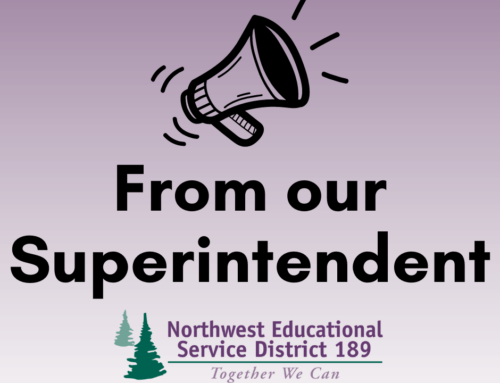
The Next Generation Science Standards (NGSS), a.k.a. Washington State Science Learning Standards (WSSLS), calls for radical attention to equity within educational systems. They also call for some dramatic shifts in science instruction. And while teachers I talk to are excited about what the new vision for science instruction means, they also express caution about shifting. Spring 2017 is slated to be the last year of the Science MSP (Measurements of Student Progress) in grades 5 and 8. And at the high school level– even though there will be a new 11th-grade NGSS assessment slated for Spring of 2018 for federal accountability purposes — the Biology EOC as a graduation requirement is still in effect at the time of this writing, though the legislature is considering its future even now. Statewide, Washington seems to be between standards and between systems.
Beyond assessment, teachers are uncertain that their district resources of materials, time, and expertise are sufficiently surveyed and deployed to support the shifts called for by NGSS. One thing they know: they cannot convert to NGSS on their own in their classroom. They can certainly make some shifts in their instruction, but the district must have systemic structures in place to support and sustain a transition to NGSS.
Thankfully, there are two valuable resources for districts to use. The first is the Guide to Implementing the Next Generation Science Standards from National Research Council. And the second — released just a few weeks ago — is the Next Generation Science Standards District Implementation Indicators. Both tools provide valuable information and overview of what systemic supports need to be in place for a successful transition to the NGSS/WSSLS. Another guide, that was just released is the NGSS Parent Guides, which is a suite of guides that illustrate how the standards are a powerful foundation to help students build a cohesive understanding of science over time. The parent guides are available for Grades K-2, Grade 3-5, Grades 6-8, and Grades 9-12.
If you want to know more about these resources and how they might be useful, our Regional Science Coordinator, Brian MacNevin, is available to help make sense of them.
You can contact him atbmacnevin@nwesd.orgor (360) 299-4716
-Ed


